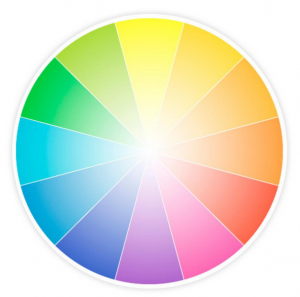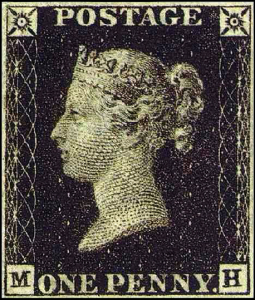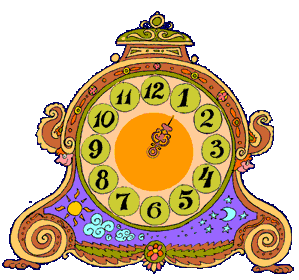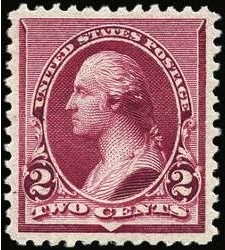
When I decided to write this article, I had no idea what I was getting into! Call me naive, but even though I had never seen a stamp colour guide personally, I kind of thought that a reliable one existed which I would recommend to all of you. NOT! So, why so many stamp colours and how can I identify stamp colours?
This first article in a series of two will start by helping us to understand why all these different shades came to exist.
WHY ARE STAMPS PRINTED IN COLOUR?
That’s an easy question for me to answer: Primarily, to identify all the different stamp denominations easily. Anyone who has ever used American money knows how easy it is to hand over a $100 bill instead of a $10 because the notes are all the same colour. Different colours allow for quick and easy identification of different bills.
The first official postage stamp of the world was the Penny Black issued by Great Britain. It was, you guessed it, black! Once other denominations started being printed, other colours followed—one colour for each denomination.

However, in 1896, the Universal Postal Union decided on 3 colours (besides black) for stamps used for international postage—they were red, blue and green. This was to help all countries easily identify stamp colours. Unfortunately, three standard approved colours used by all countries didn’t last long. You just have to check the Unitrade Specialized Catalogue of Canadian Stamps for confirmation of that fact, in particular, the 1897 Diamond Jubilee Issue of Canada.
WHY DO SO MANY STAMP COLOURS AND SHADES EXIST?

Just think about how stamp makers worked back in the day. The printers had to mix up ink by hand and in several different batches. Printers even applied ink to the engraved plate by hand. You can easily understand how multiple human hands could make for some plates being more heavily inked than others, leading to differences in shade.
To err is human. Sometimes printers improperly mixed ink batches resulting in a completely different colour or tone, redder than brown, for example. An improper ink tone will definitely make a stamp colour harder to identify if it’s not like the original colour was supposed to be.
STAMP COLOUR AGE WITH TIME

Age and light are the greatest enemies of paper and ink. Sunlight and bright UV light can fade colours quickly. I have a chair in my solarium with a cushion on it that faced a bright window all summer long. By the end of the summer, the front of that cushion was at least four shades lighter than the back which was protected from the sun. The same goes for paper.
A stamp which was originally printed in ultramarine blue, but has been improperly stored or exposed to bright light, might now look light blue or grey. That’s another factor that complicates identifying a stamp’s colour.
If you store stamps improperly, they can end up being exposed to different liquids or chemicals. These liquids can sometimes cause chemical reactions that can actually make a stamp completely change colour. These are called “changelings.” So, if you find a stamp in your collection, which according to its denomination, image, size and perforation measure should be a specific colour according to your catalogue, but isn’t, you may have a changeling on your hands.
IDENTIFYING STAMP COLOURS AND THE HUMAN EYE

There is also the fact that we all see colour differently from one another. My husband and I never agree on the colour of the paint. What I see as dull green, he sees as “browny.” Different people seeing colours differently can make it even harder to identify your stamp colour correctly.
THERE ARE WAY TOO MANY STAMP COLOURS TO IDENTIFY!

Yes! I say it again and with great confidence! There are just too many colours out there! Light, dark, different shades and variances and nuances … it just goes on and on. Then there’s the problem of the names of stamp colours. Some of these descriptions can make it difficult for stamp collectors to identify the proper colour. Here are some examples:
vermillion
slate violet
yellow bistre
deep rose
deep rose carmine
Some colour names are just downright confusing. For example, take that well-known USA stamp colour “lake.” You would think it was a kind of blue, right? WRONG! It’s actually a purple-red. Can anyone other than an experienced painter or artist know the difference? Well, you can, but it takes a lot of practice and research.
In conclusion, stamp collectors can understandably find identifying stamp colours to be a tricky game. This next article will answer the question: How can I identify stamp colours?
Excellent article. I am constantly annoyed trying to identify colours. A good colour guide would be awesome to have